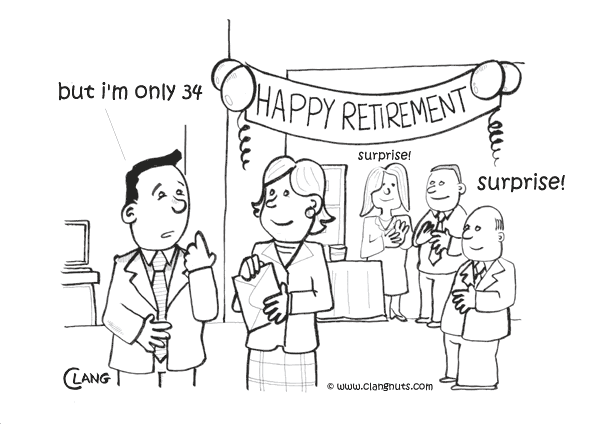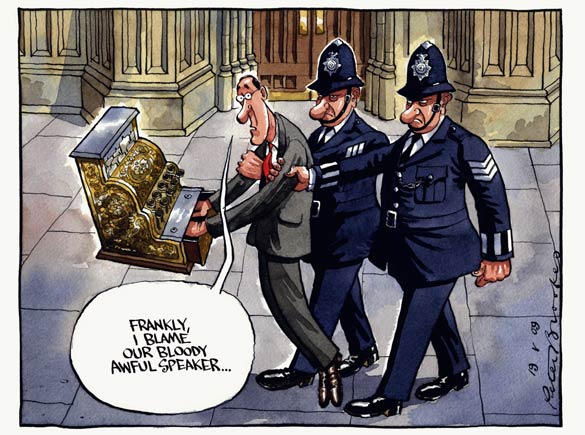From the Ninth Annual People Management and Development Barometer Report
Highlights of recent CIPD surveys
Resourcing strategies and objectives
Fifty-six per cent of survey participants reported having a formal resourcing strategy. The top three resourcing objectives were attracting and recruiting key staff (79%), enabling the achievement of the organisation’s strategic plan (59%) and meeting the future skills requirements of the organisation (47%). However over half of the organisations surveyed said the recession was having a negative impact on their resourcing budget for 2010/11. More organisations said that they would be focusing on developing talent in-house and retaining rather than recruiting talent this year compared with last year. There are some indications that efforts to reduce recruitment costs will be made as more report they are reducing reliance on recruitment agencies.
The good news is fewer organisations said they would be implementing a recruitment freeze in (22%). More
(65%) expected to continue to recruit key talent/niche areas (53%). Nevertheless the outlook appeared much
bleaker for the public sector, where particularly large proportions are anticipating recruitment freezes (51%) and
reducing the number of recruits they hire (68%).
The volume of applicants for vacancies has increased. Seventy-six per cent of employers have noticed an increase in the number of unsuitable applicants and 32% reported that there were too many suitable candidates to choose from. At the same time, 41% reported that competition for talent was greater as the pool of available talent to hire had fallen sharply. As in previous years, the majority of turnover is attributed to employees leaving voluntarily. The voluntary turnover rate reduced substantially in the manufacturing and production sector (2010 survey: 2.7%; 2009 survey: 7.7%).
Employee attitudes and the recession
In all, 19% of respondents say it is likely or very likely they could lose their job as a result of the recession, a slight increase from the previous quarters figure of 18%. There is no change in employees’ attitudes towards the labour market, with just 10% believing it would be easy or very easy to get a new job if they lost their current job. The proportion of employees saying their employer has made redundancies as a result of the economic downturn has fallen very slightly to 30%. There has also been a continuing trend by employers to cut back on training. Pay freezes also continue to be more widely reported, with 43% of respondents saying their organisation has introduced a pay freeze, up from 40% last quarter. Only 21% of respondents are currently looking for a new job with a different employer. However, over a third (37%) would ideally like to change jobs within the next year.
Key findings
Senior HR people identify the top three organisational priorities to be managing costs (73%), growing the current business (65%) and focusing on customer need (54%). The proportion of employers that expected staff levels to increase against those that expected them to decrease improved to +12 in the three months to December 2010 from –3 in the three months to December 2009. However, employers are less optimistic about the medium-term outlook. The proportion of staff that expected staff levels to increase against those that expected them to decrease is +1 in the 12 months to September 2011.
A year ago the CIPD forecast that 2010 would be a better year for jobs than either 2008 or 2009 as the UK economy gradually began to emerge from the deepest and longest recession since the Second World War. By this they meant a relative improvement, with employment falling by less and unemployment rising by less than during the recession. In the event, however, 2010 turned out to be a much better year for jobs with the number of people in work increasing and unemployment starting to fall.
Despite this they expect 2011 to see a return to falling employment and rising unemployment though we do not envisage the deterioration in labour market conditions being anything like as severe as during the recession. At the same time they expect that, as in 2010, average earnings will increase by less than price inflation resulting in a squeeze in workers’ real incomes. Our longer-term forecast in turn indicates that labour market conditions will remain weak in 2012 before starting to recover more robustly in 2013.
The most frequently cited causes of recruitment difficulties were lack of specialist skills (67%).
Between 2009 and 2010, the proportion of organisations reporting retention difficulties decreased from 69% to 55%.
Labour turnover for all UK employees averaged 14%, down from 16% in 2009.
Types of jobs and pay prospects for 2011
They feel that even if 2011 turns out to be a ‘jobs-light’ rather than a ‘jobs-loss’ or ‘jobs standstill’ year, the chances are that the bulk of any new private sector jobs will continue to reflect the experience of 2010, with part-time and temporary jobs in the majority. Moreover, the bulk of workers will feel a squeeze in their living standards, with pay rises still relatively modest against a backdrop of higher prices for many essential products and services, higher taxes, the availability of credit still tight and the likelihood of falling house prices.
Even on the relatively more optimistic OBR jobs forecast, unemployment will act as a tough constraint on pay rises which are unlikely to outstrip price inflation. 2011 will, like 2010, be a year of real pay squeeze for most workers, especially those in the public sector. A ‘jobs-light/pay-tight’ year is probably the best we can hope for, which will make for another challenging
Key human capital benchmarks
(UK averages)
Recruitment and staffing Labour turnover 16%
Organisations making 10 or more staff redundant 33%
Organisations experiencing recruitment difficulties 68%
Organisations experiencing retention problems 55%








